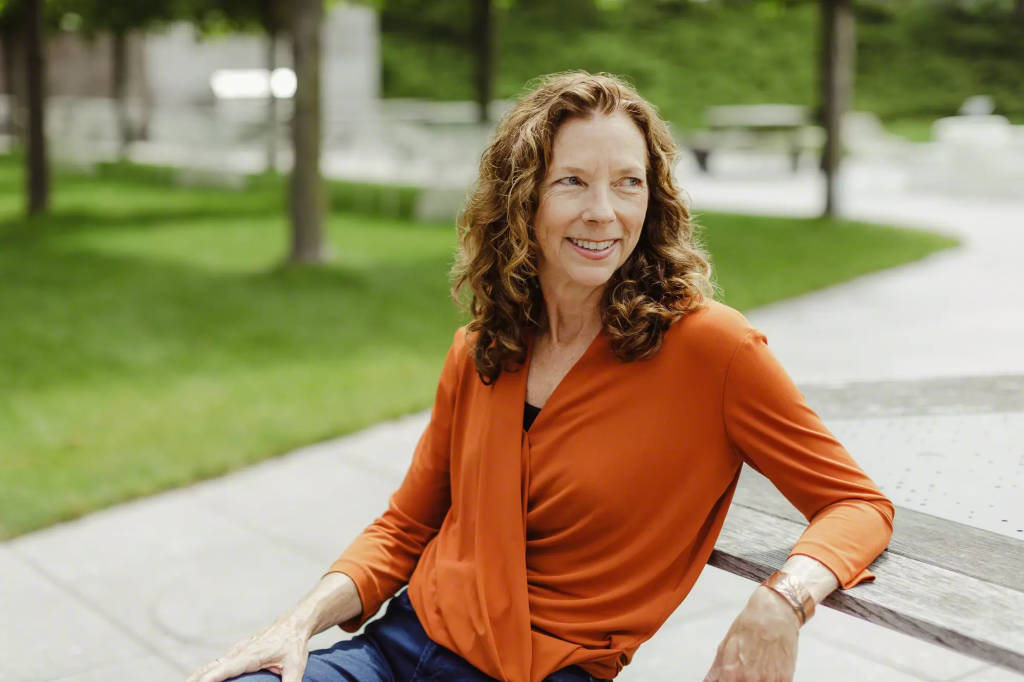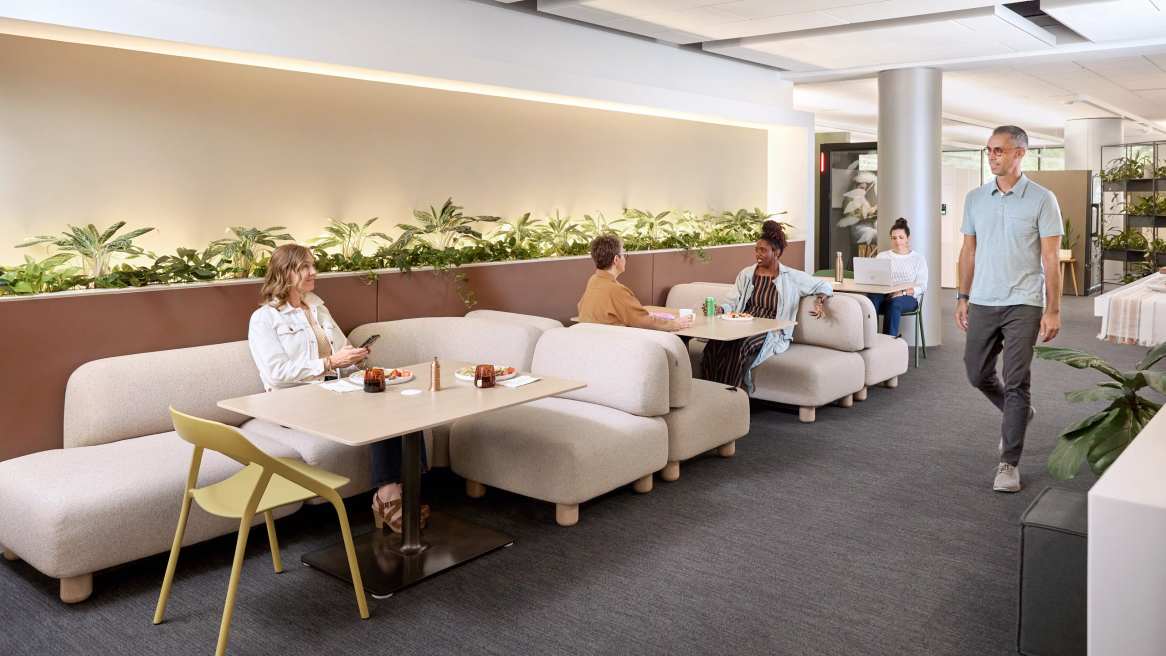Inclusive Design in Action
Every person is unique, with a range of needs, preferences and abilities. The practice of inclusive design considers the full range of human experiences, including people’s ability, language, culture, gender and age. An essential tenet is to include people in the design process who have different lived experiences and listen to their needs — to design with them, and not just for them. This approach to design leads to greater accessibility and helps everyone feel a sense of belonging and know they are valued, empowered and psychologically safe.
The Steelcase Global Talent team recently moved into a new centrally-located space on the company’s Grand Rapids campus, designed to be more accessible and welcoming to employees. Their old space, which was tucked away from busy footpaths and accessible only by team members, had been primarily designed to safeguard confidentiality. The team wanted the new space to help them focus on employee relationships and inclusion and represent the diversity of people at Steelcase.

“ The goal was to find strength in our diversity, bring people to the center of our culture to become trusted partners to our employees. This required us to work in more agile ways and design a space not only for the diversity we have, but for the diversity we hope to foster.”


A key part of “designing with, not for” was the creation of an Inclusive Design Advisory Group. Throughout the process key decisions were reviewed by this advisory group to ensure the space and experiences addressed the needs of all people, and anyone who may become a Steelcase employee. The majority of the Advisory Group members identified with one or more of the Well Institute’s* dimensions (disabled, 1st generation immigrant, neurodivergent, racially and/or ethnically underrepresented or underinvested groups, LGBTQ+, primary caregiver and women + girls), and were involved throughout the process to review the design.

Activities included internal and external workshops, accessibility reviews with community partners, prototyping applications and technology, surveys and roundtable discussions. More than 1000 data points were collected from the 100+ residents and non-residents who participated.
“Throughout this process, we worked to uncover barriers and mitigate mismatches,” says Kamara Sudberry, leader, inclusive design. “For many people, the workplace can feel like a mismatch with their capabilities and needs. We looked at everything through a diversity, equity and inclusion lens to ensure our approach considered physical, cognitive and cultural differences.”
Understanding competing priorities helped the team identify pinch-points, like how the space balances the needs for confidentiality and privacy with collaboration and social connection. “By using the inclusive design process, we were able to make informed decisions that kept the wellbeing of our people top of mind without increasing the budget or delaying timelines,” says Sudberry.
Project Highlights
The Global Talent work environment was designed with the following goals:
Designed for new modes of hybrid work: Return-to-office experiences and insights drove the design and reflected new patterns of work and expectations.
Inclusive design: The first project to intentionally leverage our inclusive design framework and best practices in a complete redesign on campus
Design with, not just for our community: The first accessibility audits conducted, by a third-party community partner (Disability Advocates of Kent County).
Creative reuse: This project used creative sustainability solutions to reduce its impact on the planet and help build a more sustainable and resilient future. 68% of products were reused, remade or repaired.
Truth in labeling: This project launched the need to test new methods of cues and labeling of space for wayfinding and understanding which spaces best support different work modes.


